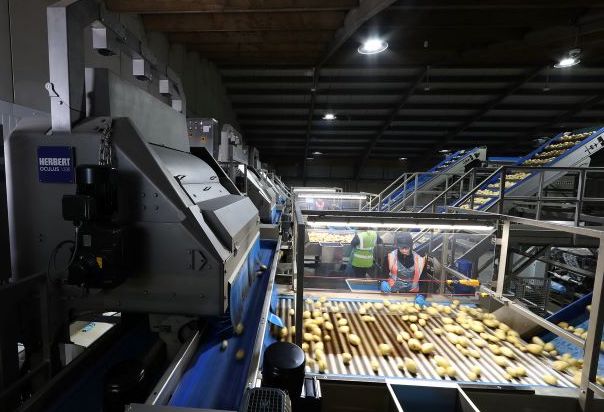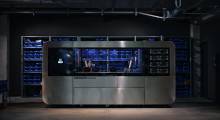Robotics and automation is triggering massive shifts across the vast world of production. The food industry in particular is seeing extensive changes as more business benefit from innovative technologies, according to Key Technology.
While automotive manufacturing has been the biggest user of robotics for decades, other industries are catching up. In 2020, non-automotive orders surpassed automotive ones for the first time in history, according to the Robotic Industries Association (RIA, now the Association for Advancing Automation, or A3).
In fact, the RIA found that food and consumer goods manufacturers increased their robotics orders that year by 56% over 2019. It attributed that surge to high global demand, consumer health concerns, and the growing interest in automation as it expands to new applications and can be used by a broader group of sectors.
Robots key to competitiveness
It also comes down to staying competitive. Manual production often cannot keep up with the performance of automated systems. Furthermore, because food processing and packaging is labor-intensive, labor costs typically run high — anything up to 50% of the product cost.
Robots can help make food production and materials handling more efficient, as well as practically eliminate human error, increase productivity, and provide end-to-end traceability for health.
What are some examples of these technologies? Developers have engineered equipment specifically for conveying and sorting, plus software for managing production as a whole.
For example, when industrial Internet of Things (IIoT)-connected data analytics software is incorporated, it can give a company valuable insights into production line management. It can then act upon this wealth of data to further optimize process efficiency and product quality.
Another example of food industry automation is a form-fill-seal packaging machine. Ideal for raw food packaging, these systems — along with advanced inspection systems — make certain that rigorous safety and quality standards are met.
Speaking of safety, food-cutting robots can keep employees out of harm’s way as well as limit product exposure from accidental injury. Commonly seen in meat packing, such automation demonstrates the versatility and efficiency of applications in this demanding industry.
For more information on the types of automation in the food industry, see the infographic below by Key Technology.
Infographic provided by Key Technology, provider of nut processing machinery.

About the author
Buffy Hagerman is marketing communications manager at Key Technology, a leading food processing equipment manufacturer. She is responsible for initiatives to build awareness of the company’s high-performance digital sorting, conveying, and process automation systems worldwide.
Article topics
Email Sign Up
















